Native plants are hot these days, but horticulturists suspect that most people are unaware of them and, even among those-in-the-know, "what exactly is a native" is a dilemma. Are they species that lived here before the last ice age? How far back must we go to be native? Experts have reached an accord: a New Jersey native plant was living here before the colonists arrived.
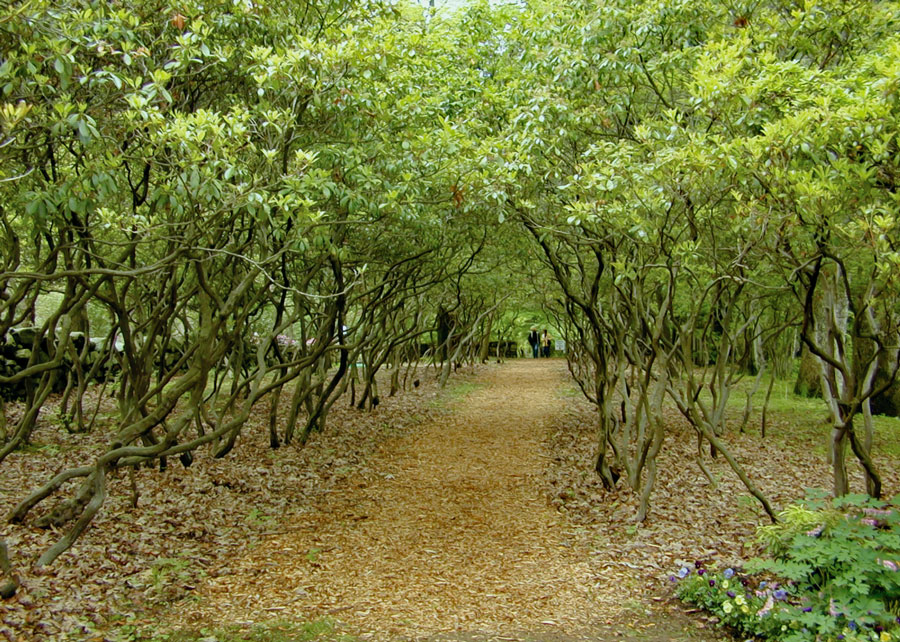
Natives are in the news because they are strong growers, ornamental, require less maintenance than many exotics, and make great bird and butterfly gardens,. Some are even deer-resistant—although that is debatable. "As a general rule, deer don't bother natives because most have fragrance and texture," says Bonnie Joachim of Friends of Laurelwood Arboretum in Wayne, where native plants grow on floodplains, garden areas, along a native plant trail used for education, and left to grow on their own among the mix.
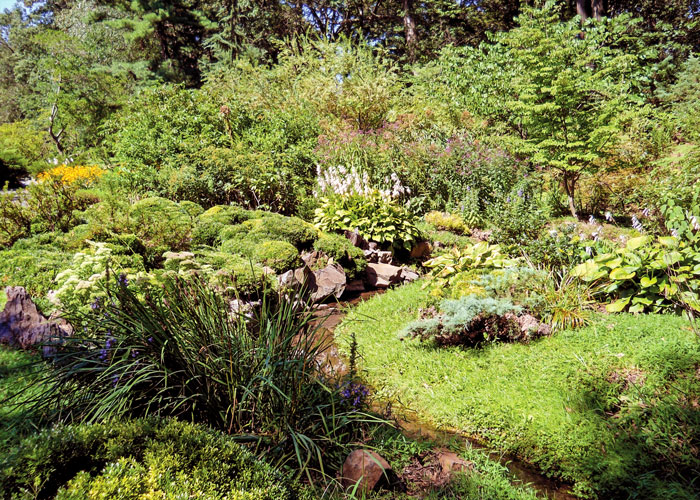

But at Duke Farms in Hillsborough, deer have decimated the landscape. There, staff and volunteers gather, clean and grow seeds from native plants on-site to replenish what's been lost. Some seeds take two years to germinate in the wild—like black cohosh, an Eastern U.S. perennial with medicinal properties. But time is of the essence: they trick nature and "double dip" the seed (refrigerate it twice over three months with a warm period in between to make it feel like it went through two winters). In two years they planted 135,000 native plants on 230 acres. This year they have 80,000 towards their goal of 100,000 plants with 97% of them from "local" seed, collected on-site.
Why native? Callie Valent, assistant grower explains, "We're here on a mission to be stewards of the land. That's what we choose to do. Some people don't realize the beauty of native plants."
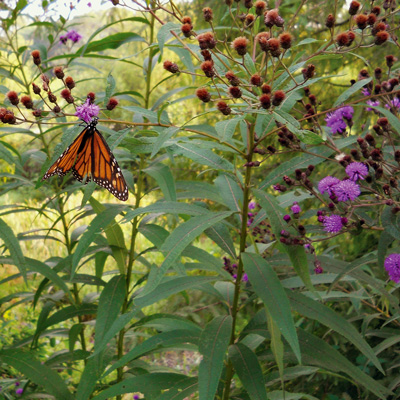
Indeed. Young native shrubs and trees sold in nurseries are usually out-shown and out-flowered by exotics. Additionally, many people think of them as weeds. "Even the beautiful cercis (Eastern redbud), people don't anticipate how beautiful they're going to be. It's nice to come to an arboretum or botanic garden that has them for that purpose," says Lesley Parness, superintendent of horticultural education, Morris County Park Commission and GSG vice president. Native Knowledge helps public gardens to show off their collections.
At Greenwood Gardens, a 28-acre garden heaven in Short Hills, native plants are important to its fields, meadows and woodland. They are used everywhere, including the French/Italianate gardens, for many reasons, says Louis Bauer, director of horticulture. "Native plants support wildlife that we appreciate so much in our garden. Because we're surrounded by parkland, we want to have that continuity and invite the park wildlife into our garden. It gives us a deeper appreciation of what's around us. They also give a regional flavor to the garden. It reminds us of where we are. In some cases we just know they're going to perform well."
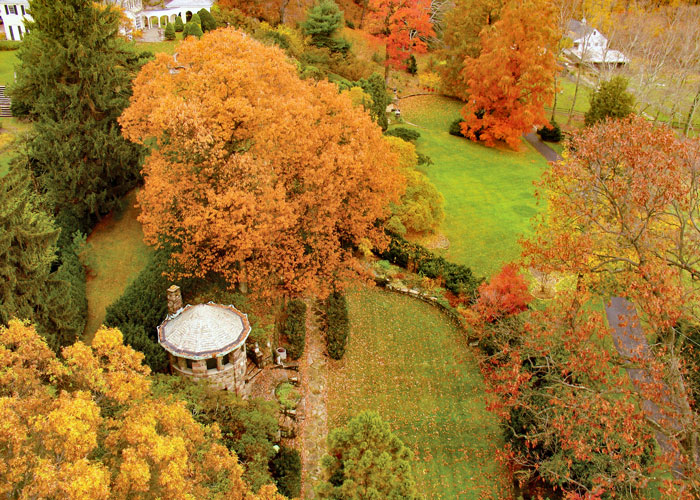
The nursery trade has caught the scent of natives, breeding and selling their cultivars. But are they really native plants, having been hybridized by humans? The jury is out.
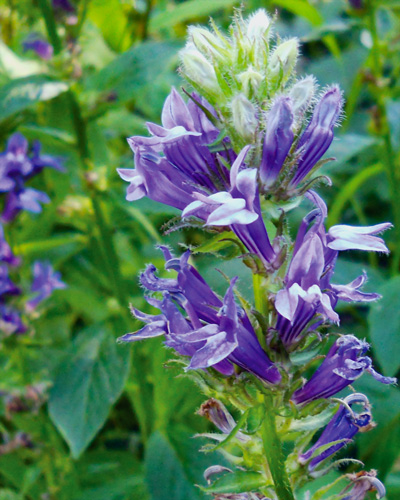
Says Bauer: "You can't say cultivars of natives are natives because they were probably selected somewhere else, and we as gardeners bring them to a new location. That doesn't mean they don't support wildlife the same. Genetically they are the same genus and species." Tricia Scibilia, interpretive gardener at Leonard J. Buck Garden, Far Hills: "The genetic code is there, but pollinators can't do much with sterile or double flowers; they can't reach the reproductive organs." To put it simply, "We don't do hybrids," Valent declares. "The native itself is the granddad of all." Parness says the question is really: "Do the birds and bees consider them to be native? They are everything that supports wildlife, and wildlife really need to answer that question. If they are using them in the same way and successfully, it has to be a factor."
Bauer understands the place of natives and the ecological imperative to connect our world to our gardens, but he likes all plants. He likes to know the history of everything he grows and, as a public gardener, he qualifies where every native comes from, whether local, regional, New Jersey or eastern Mid-Atlantic. It makes a difference, he says.
Bottom line says Smith: "When native plants are forced out, there's no more food source anymore. That's the real issue. It's all about the ecology of the ecosystem, diversity and maintaining its health. When it starts breaking down, it just destroys the whole ecosystem. Our ecological mission is about habitats."
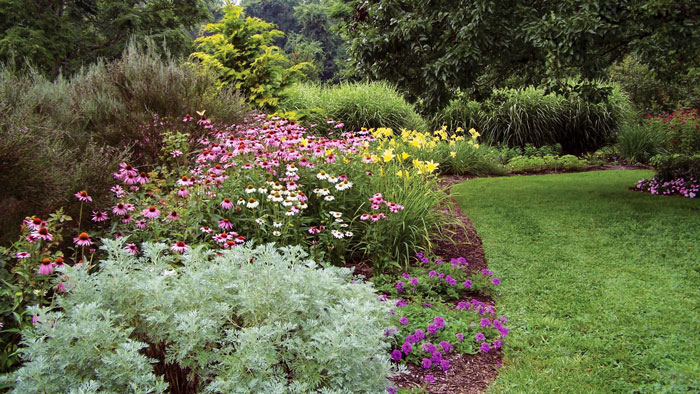
For statewide events at public gardens and arboreta, check Garden State Gardens Consortium website.